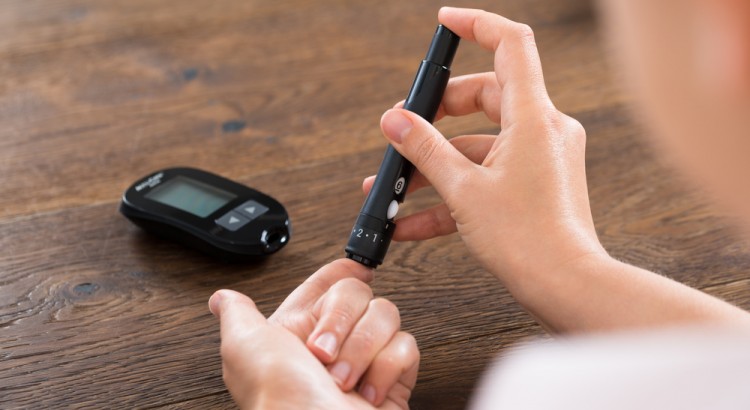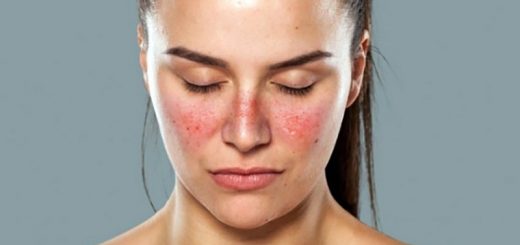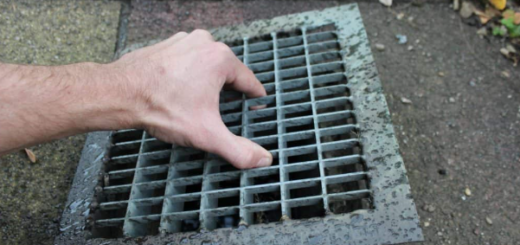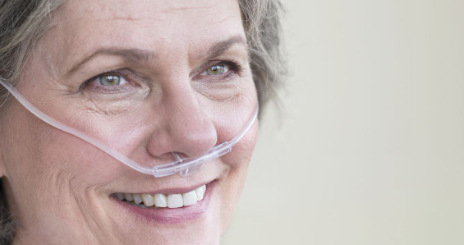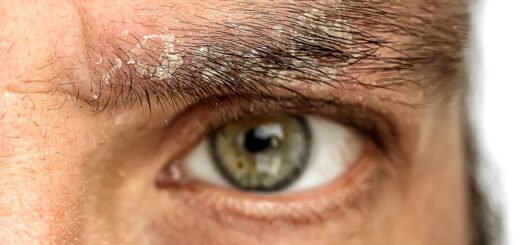Skin care with diabetes
Diabetes affects over 380 million people worldwide, and this number is steadily increasing. In the near future one in 10 adults suffers. Diabetes has many adverse effects on our health, many of them related to the skin. How can we reduce them to the maximum and protect our skin?
People suffering diabetes (high blood sugar) for long periods of time are more prone to skin problems. One in three people with diabetes have skin disorders, which are often the first warning of the presence of the disease. Elevated levels of blood glucose cause biochemical changes in the skin that alter its structure and functions. These changes induce dryness and loss of elasticity and premature skin aging.
The skin of diabetics tends to suffer more easily the following conditions:
- Bacterial and yeast (especially Candida albicans). Cause inflammation, itching, redness, blisters and scales. The most problematic areas are under the breasts, around the nails, between the fingers and toes, at the corners of the mouth and armpits and groin.
- Changes in skin color. Light brown patches (acanthosis nigricans) and thickening in the back of the neck, armpits, chest and groin below may appear. Vitiligo is also common and produces areas of discolored skin on the chest and belly.
- Diabetic dermopathy. They are small patches of light brown circular, scaly often emerge at the front of the legs. Not to be confused with age spots.
- Blisters, sores, warts, flakes, cracks, itching, ingrown toenails and increased sensitivity to sunlight. Most of these skin conditions are very common in the feet because diabetes affects blood circulation.
Prevention and Care
Fortunately, most of these problems can successfully prevent and resolve before they become a serious health problem of our skin. Here are some tips…
- Wash with mild soap and dry thoroughly all over the body.
- Use moisturizers, but not between the toes. Keep skin hydrated when you have diabetes is one of the easiest ways to prevent problems.
- Avoid very hot baths and showers that may dry the skin excessively.
- Inspect red spots, blisters and sores that could end up being infected.
- Search any lump or change in the appearance of the feet and a specialist check them at least twice a year.
- Treat cuts right away by washing with soap and water before.
- Controlling blood pressure and cholesterol improve circulation and maintain healthy skin.
- Drink plenty of fluids such as water and sugar-free drinks, which helps keep skin hydrated.
- Eating foods high in omega-3 fatty acids, which nourish the skin. This includes fish like salmon, sardines, tuna and mackerel, as well as tofu, soy nuts and flax seed.
People with diabetes need to be aware that their disease requires a few extra attentions. If you observe any alteration in the skin should see your doctor trusted specialist.

